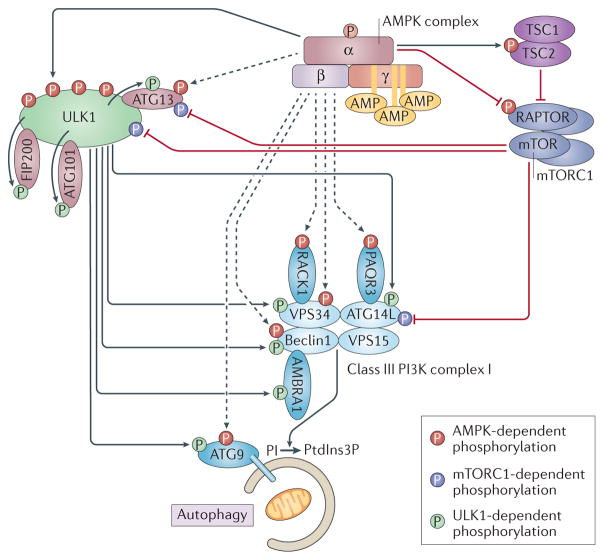Figure 4. Details of the regulation of autophagy by mTOR, AMPK and ULK1.
ULK1-mediated phosphorylation events are shown in green, mTOR-mediated phosphorylation events in purple and AMP-activated protein kinase (AMPK)-mediated phosphorylation events in red. Dashed arrows indicate reported phosphorylation events by AMPK that are insufficiently documented or that involve sites that do not conform to the AMPK motif. Upon activation, AMPK phosphorylates TSC2 and RAPTOR, which leads to the downregulation of mTOR complex 1 (mTORC1) (purple complex, composed of mTOR, RAPTOR, mLST8, DEPTOR and PRAS40 (also known as AKT1S1); not all shown) activity. AMPK phosphorylates ULK1 on at least four serines to promote its activity. ULK1 is part of a complex with ATG101, ATG13 and FIP200. All of these proteins have been shown to be targets of ULK1, while ATG13 has also been reported as a target of both AMPK and mTORC1. PI3K complex I mediates the conversion of phosphatidylinositol (PI) to phosphatidylinositol-3-phosphate (PtdIns3P) at the surface of the forming autophagosome (beige membrane shown engulfing cellular components, including a mitochondrion), a step required for proper recruitment of cargo and adaptor proteins. The PI3K complex I components (light blue) and accessory factors (dark blue) are shown with their reported phosphorylation. ATG9 is an integral membrane protein localized at the autophagosome membrane. The arrows indicate whether the phosphorylation event is activating or inhibitory for the function of the protein.

